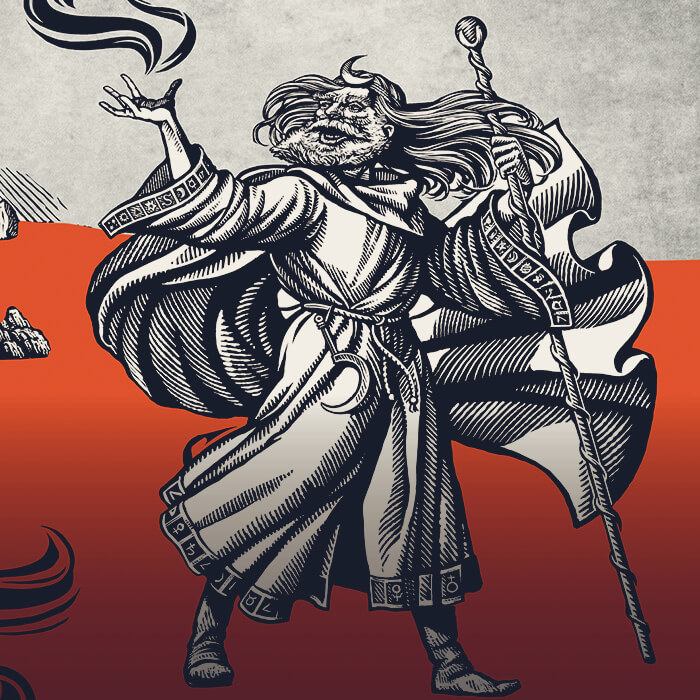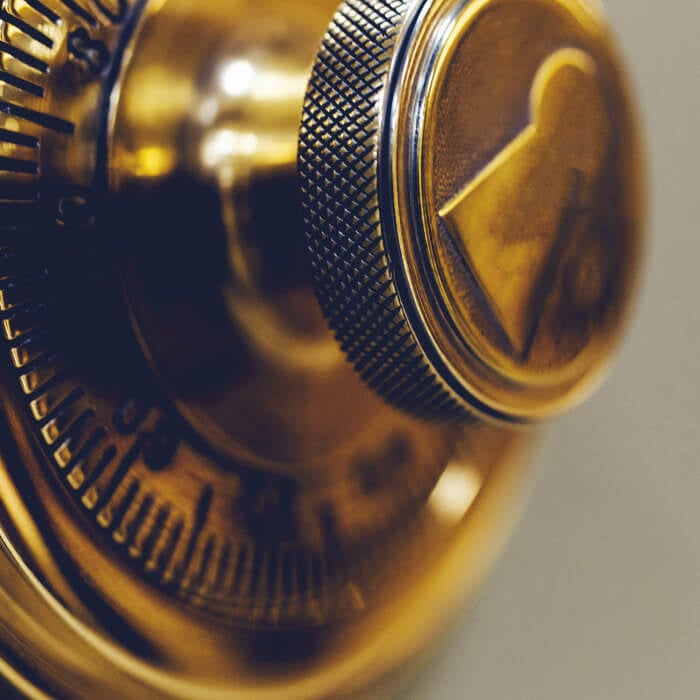Morgan le Fay is a popular character within the narratives and retellings of Arthurian legend. Geoffrey of Monmouth first introduced a version of the character in his twelfth-century work Vita Merlini. Over the centuries, Morgan’s characterisation has fluctuated in similar fashion to many of the central figures that appear in the stories, where she has fulfilled roles ranging from a benign and gifted healer to a dark and powerful sorceress.
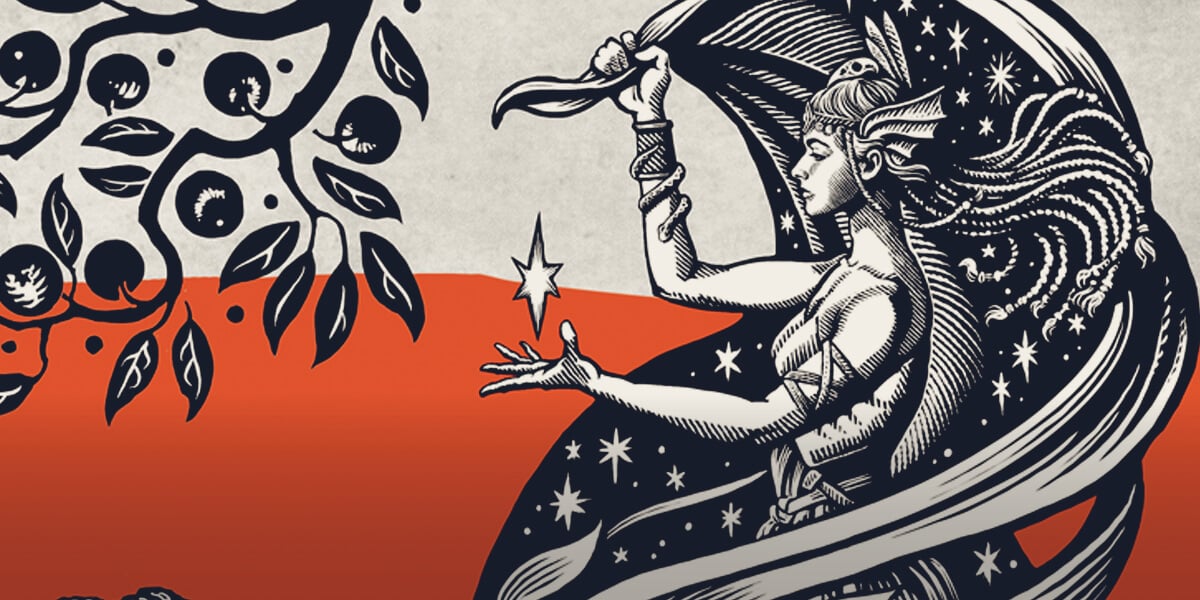
From Ally to Adversary
In Vita Merlini, we see the first appearance of a character named Morgen. She is depicted as the eldest of nine otherworldly sisters who rule over the mystical isle of Avalon. She is skilled in the arts of healing and able to shape-shift and fly, which establishes the supernatural aspect of the character that has endured over the years. In the text, Morgen has no malicious or antagonistic intent towards the legendary leader. In this version of the narrative, she uses her healing powers to treat Arthur’s mortal wound in Avalon following a battle.
In later retellings of the legend, we see the duality of Morgan le Fay’s character emerge. In the early Romance texts of the twelfth century, such as ‘Eric and Enide’ and ‘Yvain’ by Chrétien de Troyes, she remains characterised as a benevolent healer. However, in Thomas Malory’s Le Morte d’Arthur, the character develops antagonistic tendencies towards King Arthur and regularly plots against him.
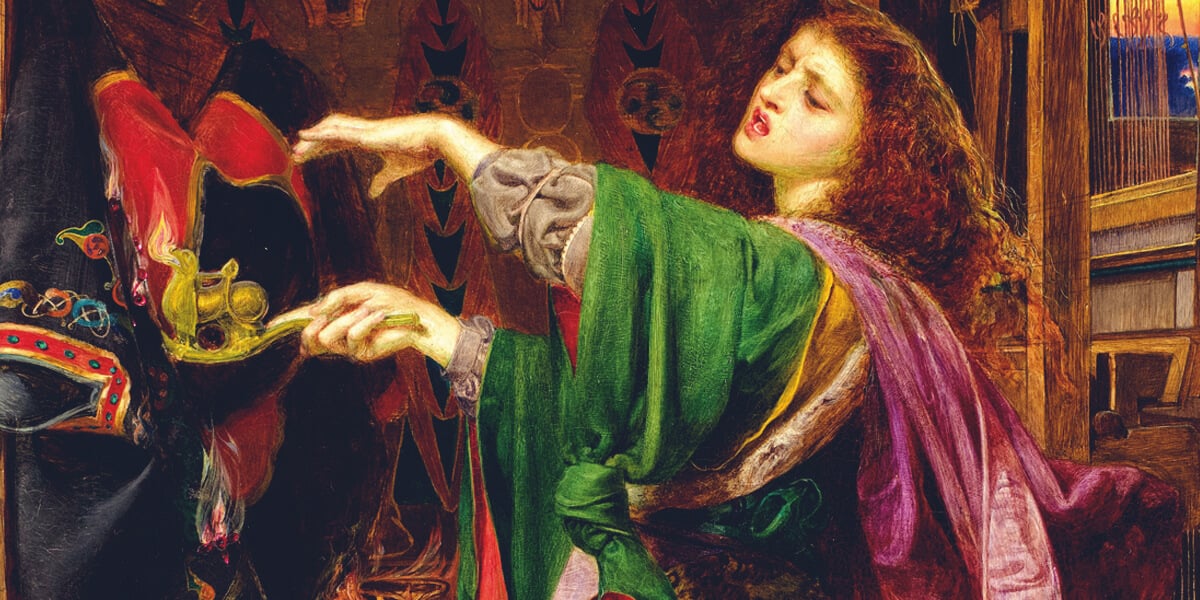
Apprenticed to a Sorcerer
One aspect of Morgan le Fay’s character that has remained constant throughout the centuries is her association with magic and the supernatural. It is unsurprising, then, that within certain strands of the narrative she shares a close relationship with the sorcerer Merlin, notably in the Romance tradition. In the Vulgate Cycle of the thirteenth century, the characterisation of a dark enchantress begins, and it is here Morgan is portrayed as Merlin’s apprentice, where she learns from the wizard and becomes versed in magic. A century later, in the poem Sir Gawain and the Green Knight, she is simultaneously described as a ‘goddes’ and the acquirer of Merlin’s power.
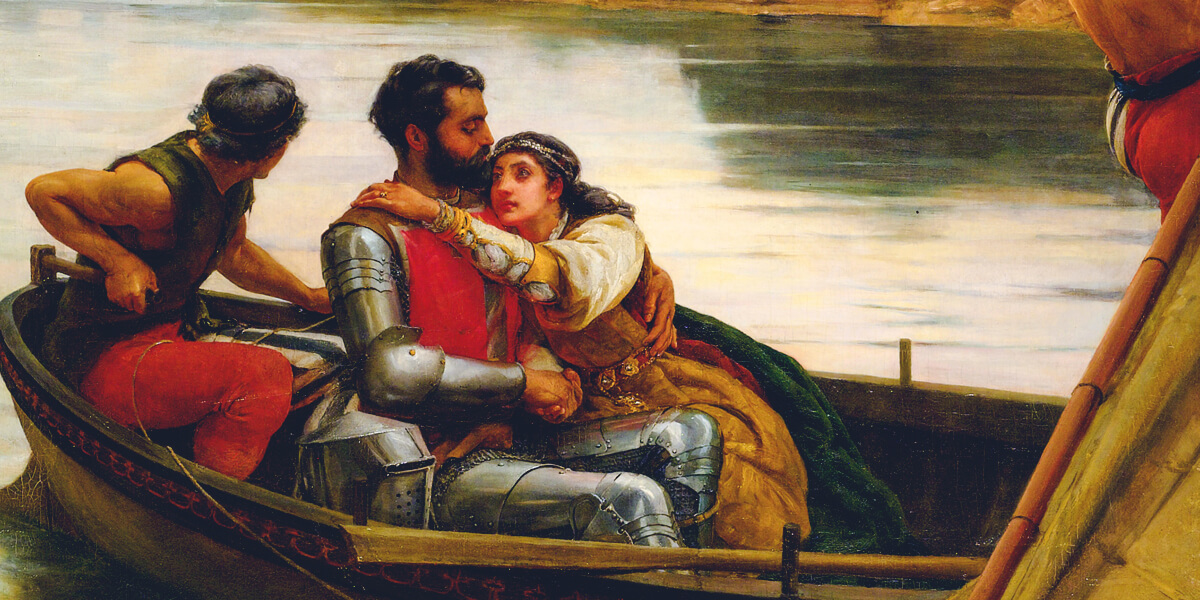
Representations in Modern Popular Culture
From the early depictions of Morgan le Fay through to the Victorian era and the nineteenth century, the character predominantly appears through the medium of literature. Evolving technology of the twentieth and twenty-first centuries led to advancements in entertainment media, namely the popular explosion of film and television; Morgan has since featured in numerous films and television shows based on Arthurian myth.
Whilst modern narrators and artists have somewhat complicated the character by merging the early depictions of Morgan as a benevolent healer with the dark enchantress that emerged during the Middle Ages, it is the latter characterisation that remains more familiar to a modern audience. Arthurian mythology has even made its way into the world of comic books, where publishing giants Marvel and DC Comics have both borrowed stories from the legend and implemented a modern twist. Morgan le Fay features in both universes as a villain, where she continues to plot against King Arthur and, in some cases, enlists the help of extra-terrestrial creatures to achieve her evil aims.
We are proud to celebrate the legend of Morgan le Fay, following King Arthur and Merlin, in our commemorative series inspired by one of the greatest and most popular myths in British folklore.


